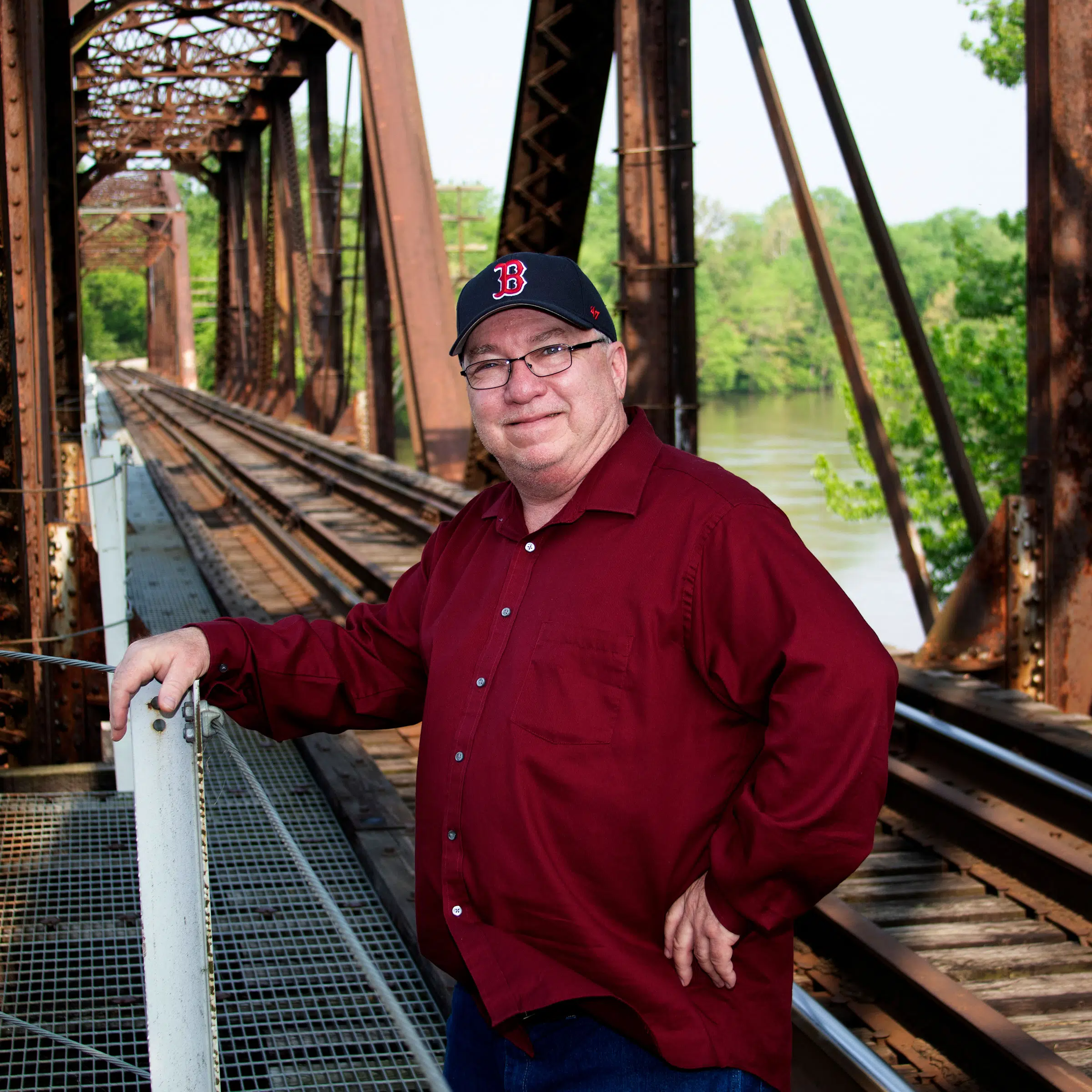TERRE HAUTE, Ind. (WTWO/WAWV) — Many local drivers have been there; traveling along I-70, accompanied by countless semi-trucks and other passenger vehicles, navigating speeds of approximately 70 mph on the way to their destination.
Unfortunately, some drives along I-70 are more than just challenging–they can be deadly.
“Data shows that’s one of the most dangerous stretches of interstate in the United States, from Terre Haute to Indianapolis,” Terre Haute Mayor Duke Bennett said when asked about concerns regarding I-70.
Indiana State Police data backs up Bennett’s statement; in 2020, ISP reported 82 crashes on I-70 in Indiana between MM 1 and MM 59. Eighteen of those crashes resulted in injuries, and 4 of the crashes involved fatalities.
ISP 2020 Indiana crash statistics (entire state):
- Property damage crashes: 147,101
- Personal injury crashes: 26,939
- Fatal crashes: 789
According to INDOT data, approximately 33,600 vehicles pass between Exit 7 and Exit 11 on I-70 on a daily basis; 18,000 are cars and 13,600 are trucks. Bennett says that number will only balloon when some of the attractions underway in Terre Haute are complete.
“We’re expecting somewhere between 1 (million) and 1.3 million people coming to Terre Haute when the convention center and the casino opens that aren’t coming here now,” Bennett said, “Some of them may be, but they’ll be making more trips than what they had in the past. So when you add that much traffic, and a lot of that will be on I-70 and then moving onto our streets, what can we do to look at the bigger picture?”
What improvements are Terre Haute leaders looking for from I-70 construction projects?
The “bigger picture” question is the focus of ongoing conversations between local and state leaders. The most common solution to that question? Adding a third lane on I-70.
INDOT Communications Director Debbie Calder said the addition of a third lane on I-70 and I-65, from state line to state line, is a project INDOT plans to tackle in the future. Calder said a big factor of when a third lane can be added comes from looking at the cost of construction.
According to Calder, for every mile of construction both ways on I-70, the cost would be between $15 million and $17 million. Funds for the project aren’t readily available, even through Governor Eric Holcomb’s Next Level Roads program.
“90% of that money is to go into projects and take care of our infrastructure that’s already out there,” Calder explained, “We’re improving and resurfacing some roadways and things like that, but bigger projects like travel lanes, it’s going to have to come in spurts and as funding allows.”
I-70/I-65 INDOT construction projects scheduled over the next 5 years:
- I-70 from Mt. Comfort Road to SR 9 Greenfield
- I-65 from US 52/SR 32 Lebanon to SR 47
- I-65 from SR 58 to SR 46 Columbus
- I-65/I-70 North Split interchange overhaul in downtown Indy
- I-65 from Exit #16 (Memphis Road/Blue Lick Road) to SR 56 Scottsburg
- I-65 from Wabash River near Lafayette to SR 43
- I-70 from SR 267 Plainfield to Ameriplex Parkway/Reagan Parkway (in active construction)
- I-70 from SR 1 Cambridge City to US 35 Richmond
- I-65 from US 50 Seymour to SR 58 (in active construction)
INDOT may not be able to construct a third lane on I-70 just yet, but there are several projects underway in the meantime that aim to help with driver safety.
Bids open on April 7 for a project that will add 3 electronic message boards along the local stretch of I-70; one eastbound just inside the Indiana/Illinois state line, a second eastbound at MM 9.7, and a third westbound near the the Vigo/Clay county line.
Where will new electronic message boards be placed along the local I-70 route?
Additionally, INDOT is installing 9 closed-circuit cameras to relay real-time traffic information to drivers. Calder said drivers can always access real-time traffic alerts by utilizing INDOT’s Traffic Wise webpage.
Officials are also developing a system in which vehicles are sent out to “Protect the Queue” and make sure drivers know to stop at the back of a traffic queue caused by a crash, weather conditions, or any other obstacle.
What can drivers do to make roadways safer?
Calder said despite the efforts made by officials, “no highway design can overcome poor decision making by drivers.” She advised drivers to follow the speed limit, avoid any distractions while driving, and take alternate travel routes if possible during inclement weather and traffic jams.









